Evangelical Publisher's Africa-Themed Bible School Kit Had Kids Pretending To Be Slaves
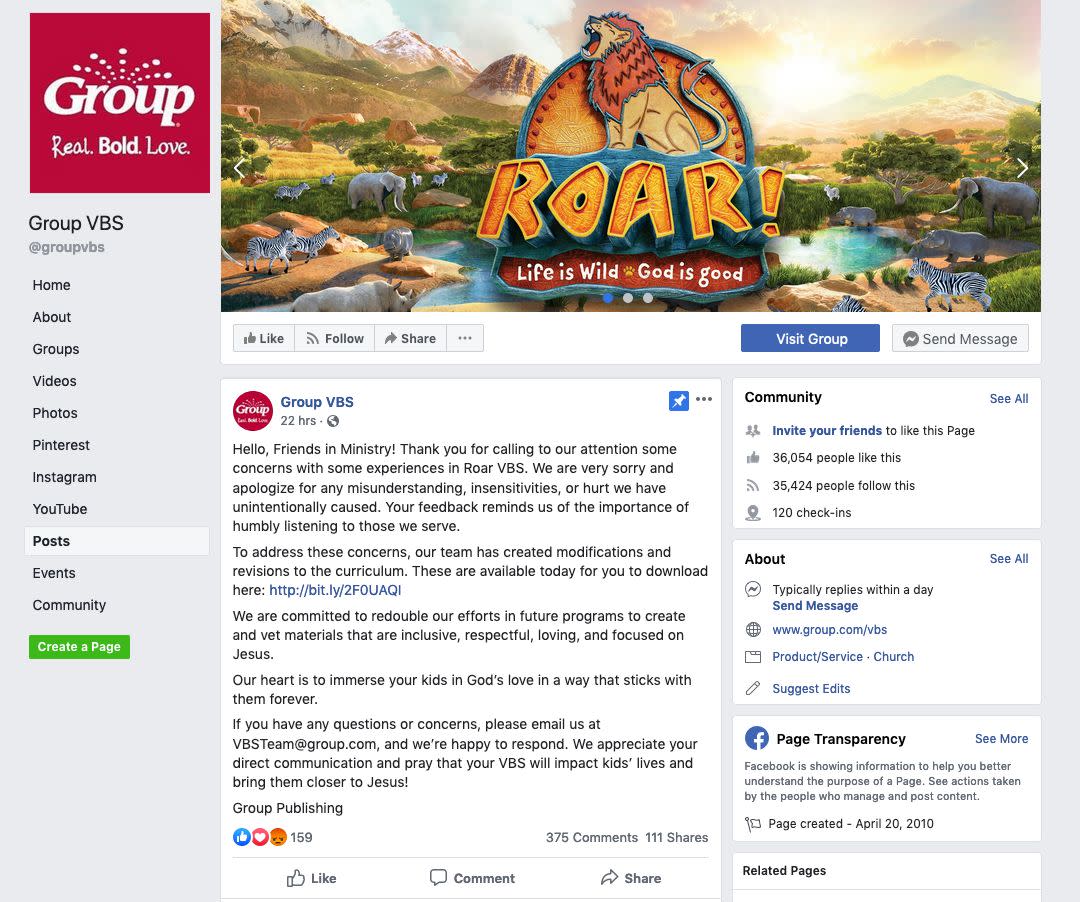
An evangelical Christian publishing company has been getting flak for creating an Africa-themed children’s Bible school curriculum that critics say perpetuates racist stereotypes.
Group Publishing, a Colorado company that creates educational resources for churches, published a vacation Bible school (VBS) curriculum this year that had kids pretending to be Israelite slaves and making up new names in what it called a “click language.” The original curriculum also referred once to Africa as a country.
Group has already tried twice to respond to criticism ― apologizing and releasing a revised version on Monday that seeks to correct those controversial lesson plans. Still, some Christians are saying the damage is done and that the curriculum should be scrapped.
“There are many more ways to dramatically interpret Scripture without caricaturing people groups and appropriating rich ethnic tradition for supposed discipleship,” said Jonathan Walton, a ministry director for the evangelical campus ministry group InterVarsity Christian Fellowship.
During summer VBS programs, churches transform their buildings into elaborate sets, designed around a central theme. Group is just one of many Christian publishers that sells VBS curricula and other resources that guide Sunday school teachers and volunteers through the process of putting on their own VBS. Previous Group VBS themes had kids pretending they were shipwrecked on an island or spelunking.
But in 2019, the “Roar” curriculum doesn’t promise to take kids to a vague geographical location. It is marketed as an “epic” adventure to Africa, specifically. More than 10,000 churches have purchased Group’s “Roar” curriculum, the company told HuffPost. Since June is prime VBS season, some churches have already started putting Group’s “Roar” materials to use.
For “Roar” VBS, leaders are encouraged to decorate their churches with savanna murals, raffia-topped huts and termite mounds. Group is selling what it calls an “African Pattern Plastic Backdrop” for $20, a bag of plastic bugs for $8 and other materials to help set the stage. In a catalog advertising its resources, the company promises that these design ideas will help “transform your VBS room into a vibrant African savanna.”
On social media, Christian leaders took issue with three specific parts of the curriculum. On Day 1, the curriculum instructs kids to pretend to be “Israelite slaves” making bricks while a leader pretends to be a “mean Egyptian guard” who mocks and pressures them into working harder. The exercise is meant to illustrate the day’s lesson that “when life is unfair ... God is good.” But Christian leaders pointed out on social media that having kids, particularly black kids, pretend to be slaves could be harmful.
A Day 5 activity encouraged children to add a “click or two” to their names and pretend to introduce themselves in a “click language.” This was an apparent reference to languages, such as Xhosa and Zulu, that include distinct click consonants. The company also referred to Africa as a “country” in a Day 4 lesson plan, although Africa was identified correctly as a continent elsewhere in the curriculum.
The original curriculum read: “Africa is such a cool continent to explore. Did you know that some parts of Africa are really cool…as in cold! They get snow! But a lot of the country is very hot.”
Apparently @GroupVBS Roar program has kids pretending they're slaves, treating an actual language like it's something made up and imaginary, refers to Africa as a country.
Um WHAT. How does keep happening? Oh rt, white org, writers, editors, publishers. Whiteness. pic.twitter.com/hvlgtilmJ2— Irene M. Cho (@irenemcho) June 7, 2019
As news about these controversial aspects of the “Roar” curriculum spread on social media over the weekend, Group initially reacted on Saturday by defending its choices. The company insisted that the slavery exercise referred to “Bible times” and not to other events or populations. Their initial solution was telling communities that were offended by this activity to “simply omit” the words that made them uncomfortable.
“Even though some of these biblical accounts are ugly, we feel it’s important to help children truly understand what is recorded in the Bible, and grow in their relationship with the Lord,” the company said in a now-deleted statement.
Now @GroupVBS is making a version of the same argument as slaveholders: Since slavery is in the bible it is ok to have kids pretend they're slaves. And just pretend that is unrelated to US slavery. And their cultural appropriation/misrepresentation is a compliment. #trash https://t.co/9QVNfQXwZY
— Wil ❤️ All God’s Children🌈 (@WilGafney) June 8, 2019
Group then compared its “click language” activity to having children practice rolling their Rs while learning to speak Spanish.
“On Day 5 in Roar VBS, kids are practicing saying their name, just as you would when you try to say your name in Spanish, German, or any other language.”
But some Christians were not satisfied with this justification ― and insisted that the activity was “racist and unacceptable.”
ALSO, I meant to say this before, but it’s worth saying that using clicks as a “VBS activity” like this is the same as leading an activity in which kids say “ching, chong, chang” like they’re speaking Chinese. It’s the EXACT SAME THING, and it’s racist and unacceptable. 13/13
— Jonah Ven 李明恩 (@jonah_ven) June 8, 2019
By Monday, Group had changed its tune. It posted a second apology and released revised versions of the curriculum online that corrected the three points that social media users had brought up.
Thom Schultz, president of Group Publishing, told HuffPost in a statement that the company assembled its entire team on Monday to revise the curriculum. He said the team regrets the mistakes it made.
“We realized the modifications needed were very important, and we wished to save our users the work of making the changes themselves,” Schultz wrote.
He said that the team now understands that the phrase “click language” is seen as “disrespectful.” He said that the one reference to Africa as a country was a “typo” and that the writer had originally meant to write “countryside.” The activity asking kids to pretend to be slaves was removed from the revised version of the curriculum.
Schultz said that his team traveled to countries in Africa to learn about the culture and form relationships with residents and local ministries. None of the three writers who wrote the “Roar” curriculum is African American, he said.
He said that each year’s VBS materials are subjected to extensive field tests with children and families from various ethnic backgrounds, “including African Americans.” He said that these families did not raise any cultural concerns about the “Roar” curriculum.
Schultz said that over the years, Group has created VBS curriculum featuring many different countries and regions in the world.
“Though we have not employed a writer or artist from each of the countries spotlighted, that is something we will be exploring,” he said.
Jonathan Wilson-Hartgrove, a Christian minister who writes frequently about race and Christianity, suggested that he doesn’t think Group’s lack of awareness about racial sensitivities is unique to this specific publishing company. He believes Group was able to get this far along in “Roar” VBS’ publishing process because “white culture is normative for the people writing and developing their materials.”
“A lot of curriculum for churches is created by mostly white Christians who’ve not done the work to examine their own whiteness and how it has shaped their faith,” he said.
Even with the changes Group released on Monday, Wilson-Hartgrove said curriculum is still problematic. He pointed out that Christianity was used in the 19th century to justify slavery, since it offered the gospel to “pagan Africans.” He said he sees those same assumptions in Group’s materials, which he believes portray Africa as “wild” and “uncivilized.”
“A safari invites white people to see Africa has the colonizers first saw Africa ― an [exotic], wild place full of adventure but in need of taming civilization,” he said. “Jesus invites us to learn something about the diversity and glory of God in the particularity of non-white, non-Western cultures.”
In response to the minister’s critiques, Schultz said that the curriculum does not refer to residents of African countries as “uncivilized.”
He said that his company is planning to expand consultants and contributors, particularly from minority groups; form a cultural “advisory group”; and give its current staff additional training on racial sensitivities.
“We, along with many other Christians, regret the mistakes made by our ancestors and contemporaries in some of their evangelistic attempts around the world,” he said. “Today we want children to grow with a full appreciation and honor of other cultures.”
Asked how Group is going to ensure that all churches who purchased the Roar VBS curriculum see the revisions, Schultz said that the company decided to make a digital version available immediately, since “VBS season is in full swing.” He said the company is “notifying our customers and our re-seller partners, who have their own customers, to use the modifications.”
Walton, the InterVarsity Christian Fellowship leader, said Group needs to do much more if the company wants to serve Christian kids from all backgrounds ― especially since America is becoming increasingly racially diverse.
“My hope for them is that they recall this curriculum, give people their money back and hire a TEAM, not just one person of color to develop a curriculum … [and] lead the production of resources,” he wrote. “I say lead because the majority of [kids in this] nation are children of color.”
Love HuffPost? Become a founding member of HuffPost Plus today.
Also on HuffPost
Saint-Michel d’Aiguilhe chapel
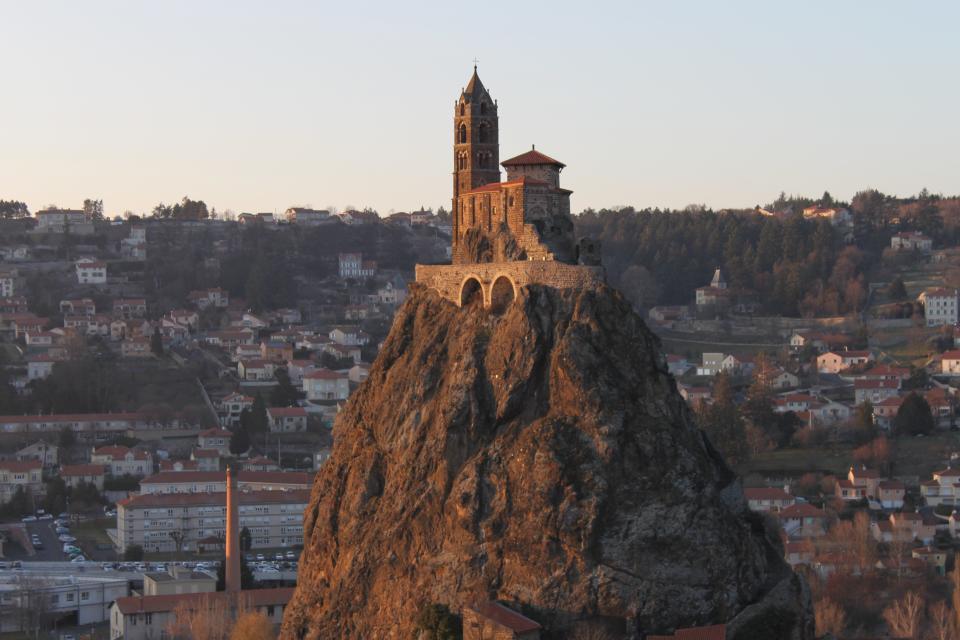
The Church of Hallgrímur
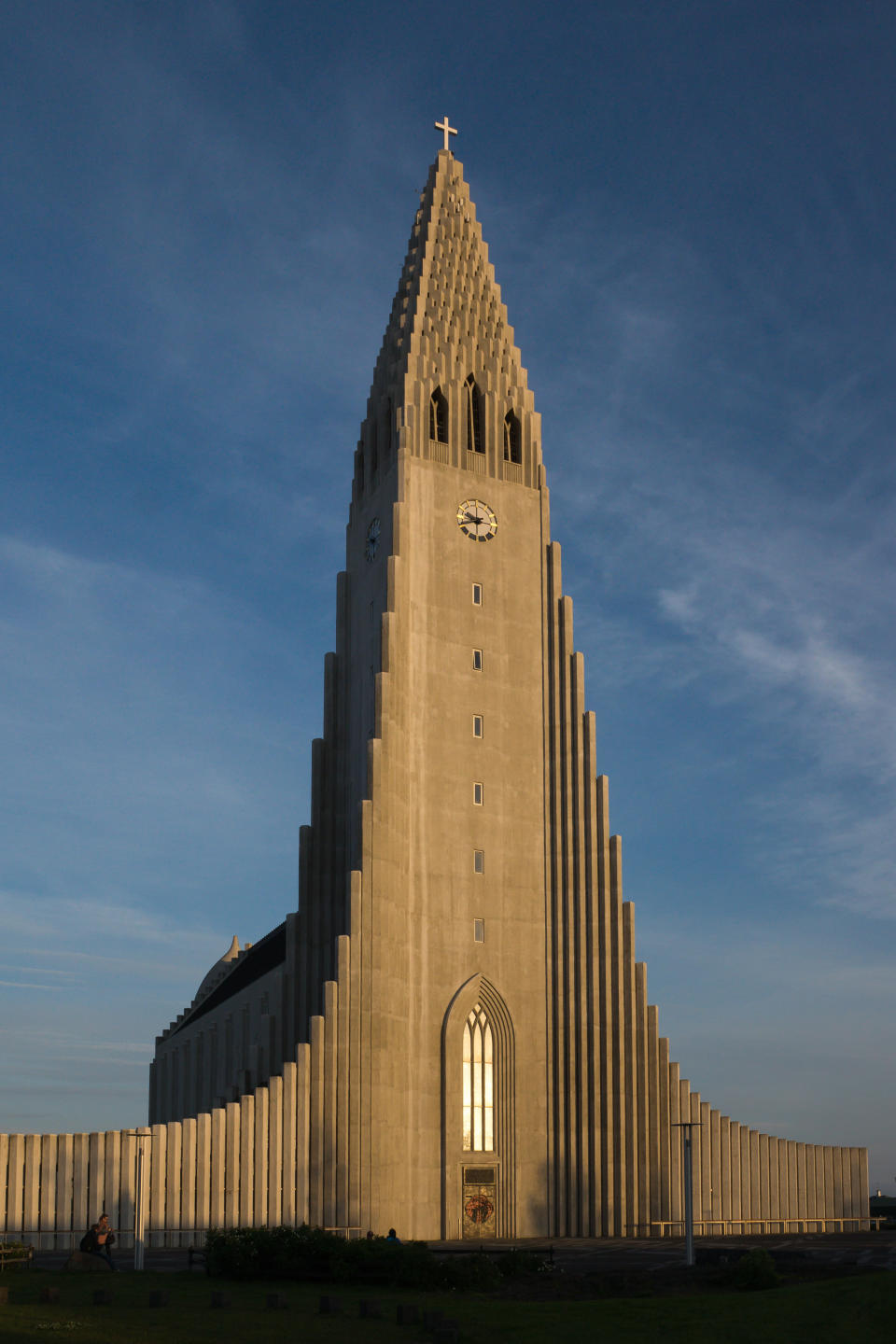
Air Force Academy Chapel
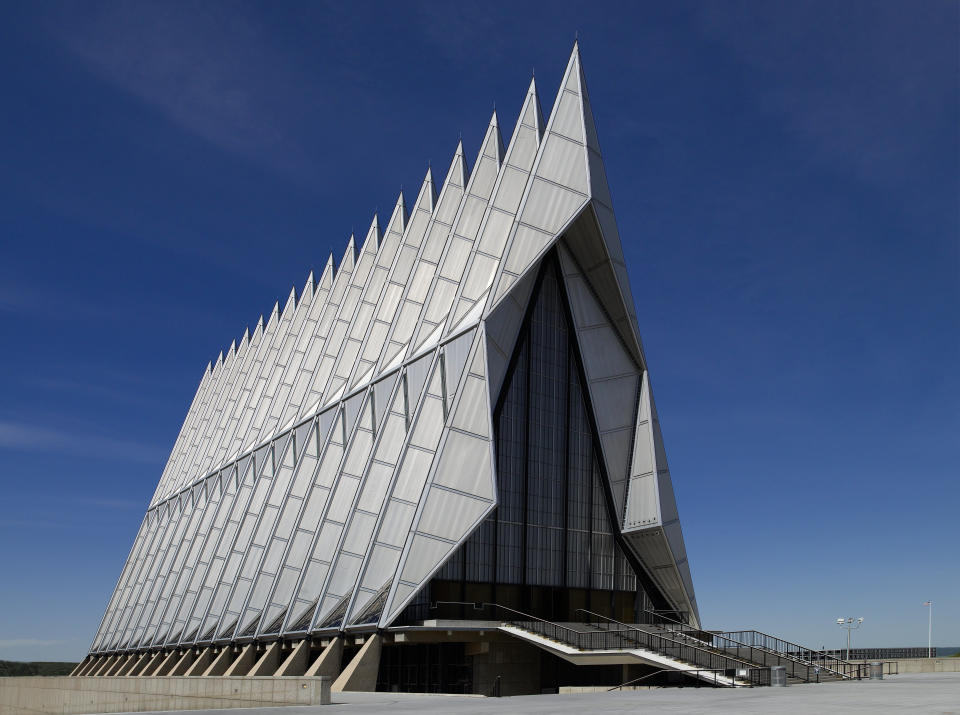
Cathedral of Maringá
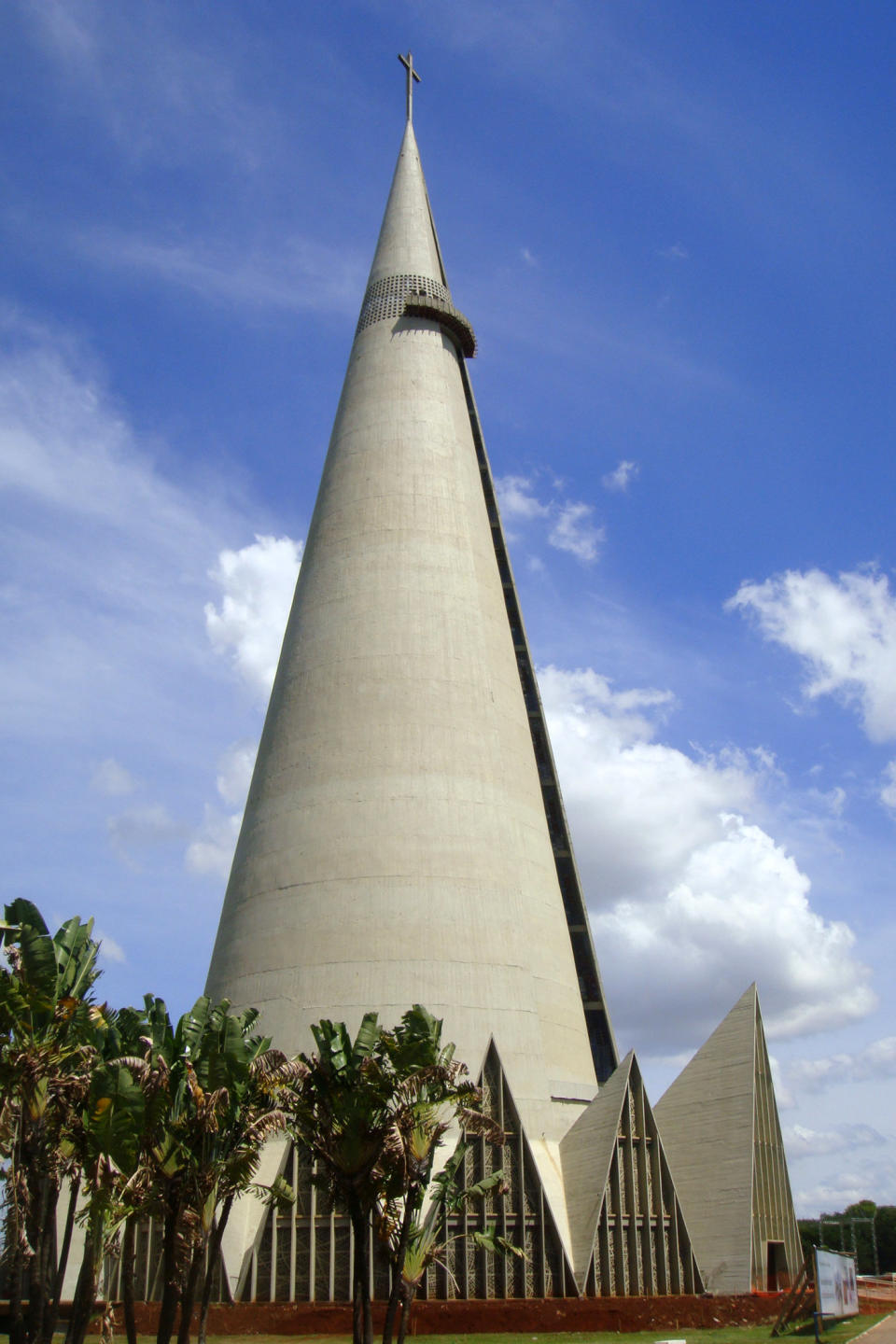
Chapel of Notre Dame du Haut

See-Through Church
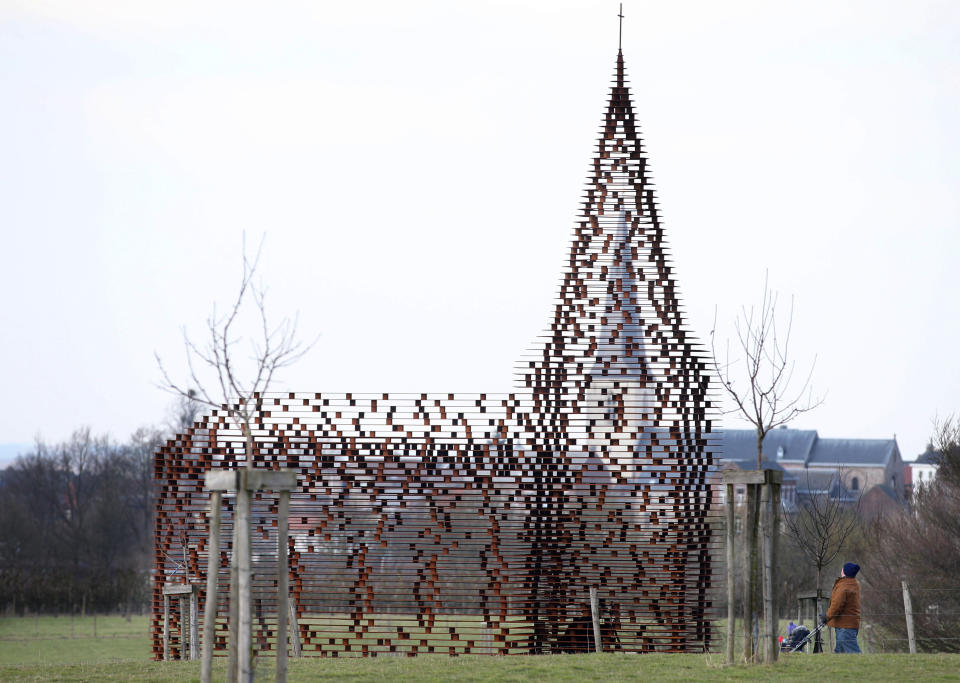
Thorncrown Chapel
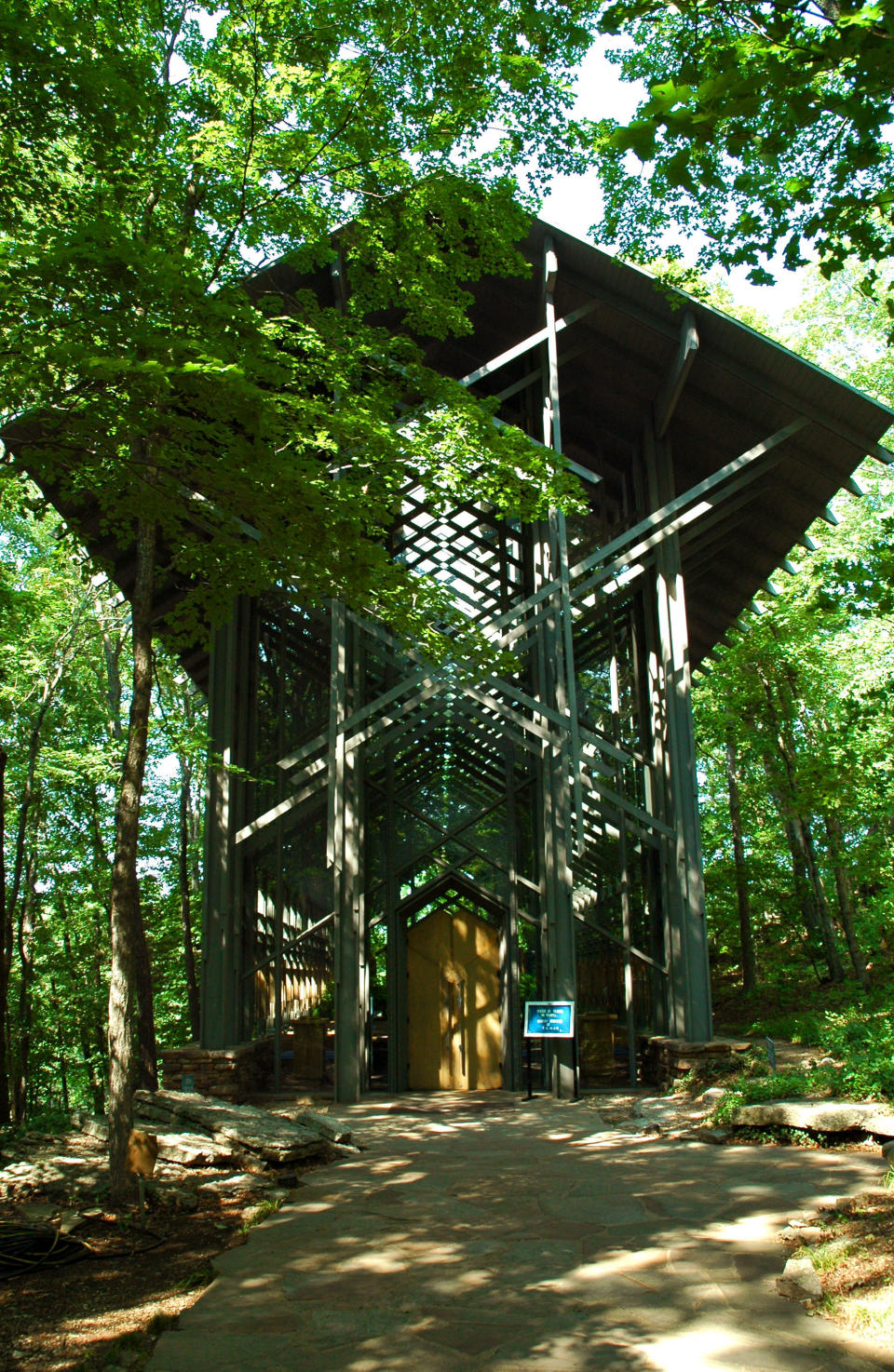
Chapel of the Holy Cross
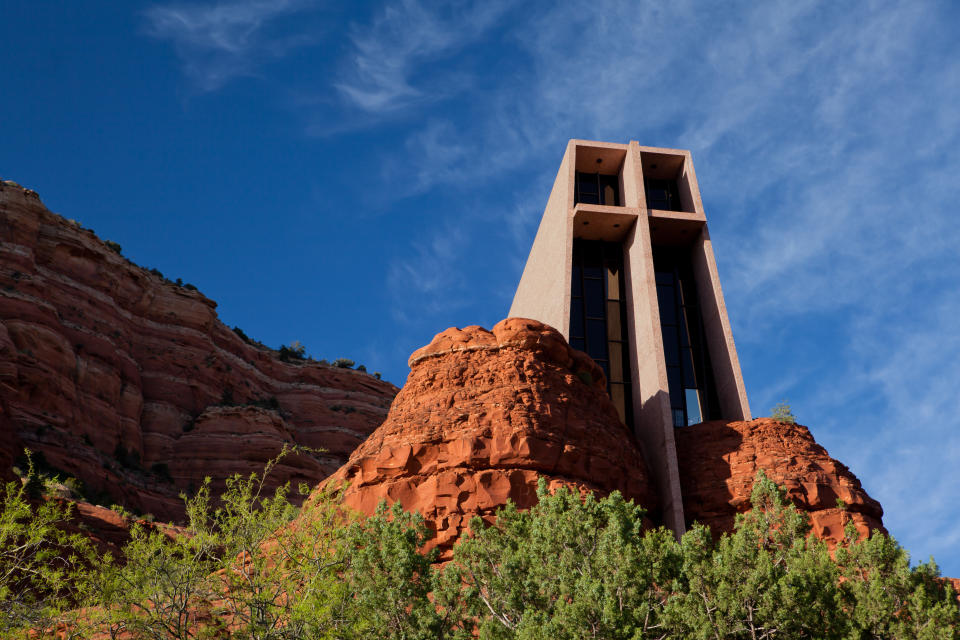
Cathedral of Rio de Janeiro

Church of Paraportiani

Zipaquirá Salt Cathedral
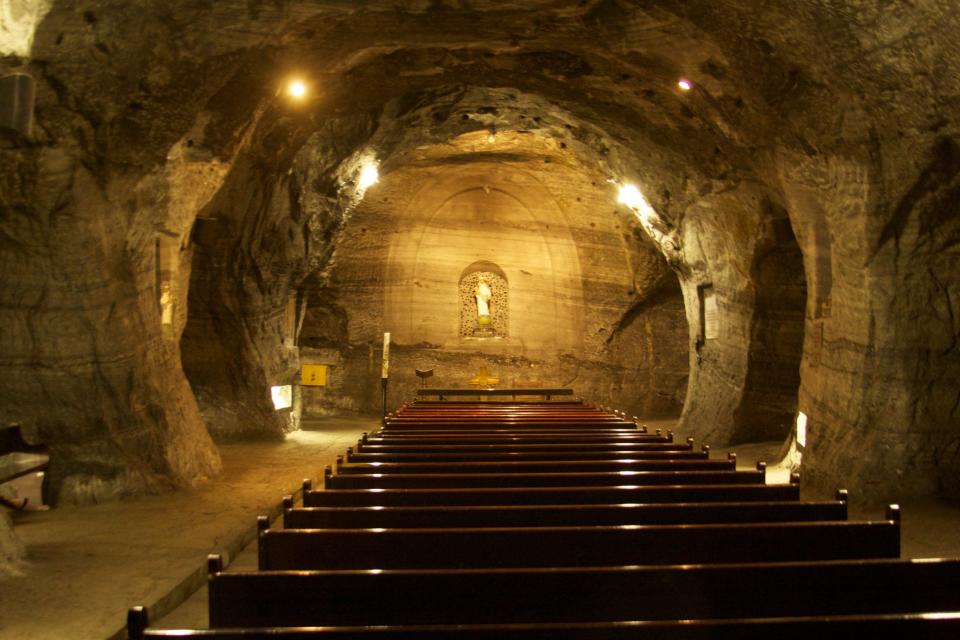
Metropolitan Cathedral
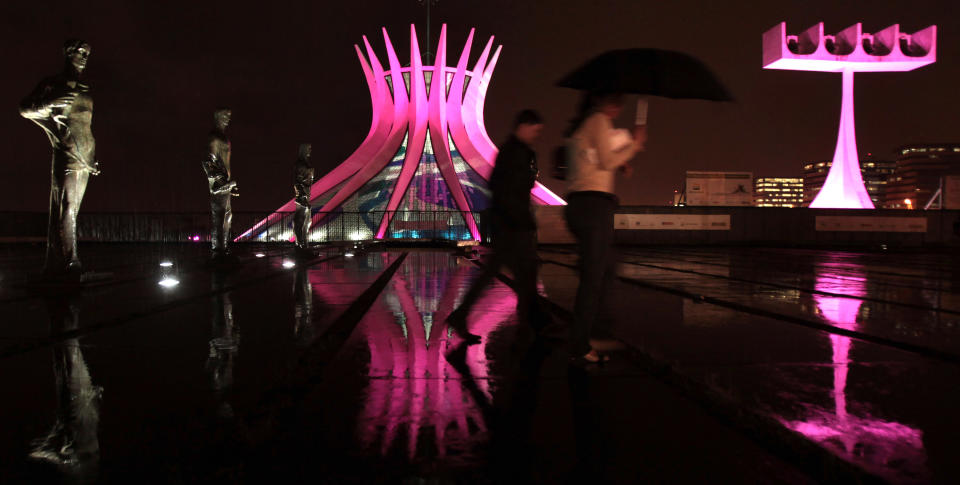
St. George's Church

Borgund Stave Church
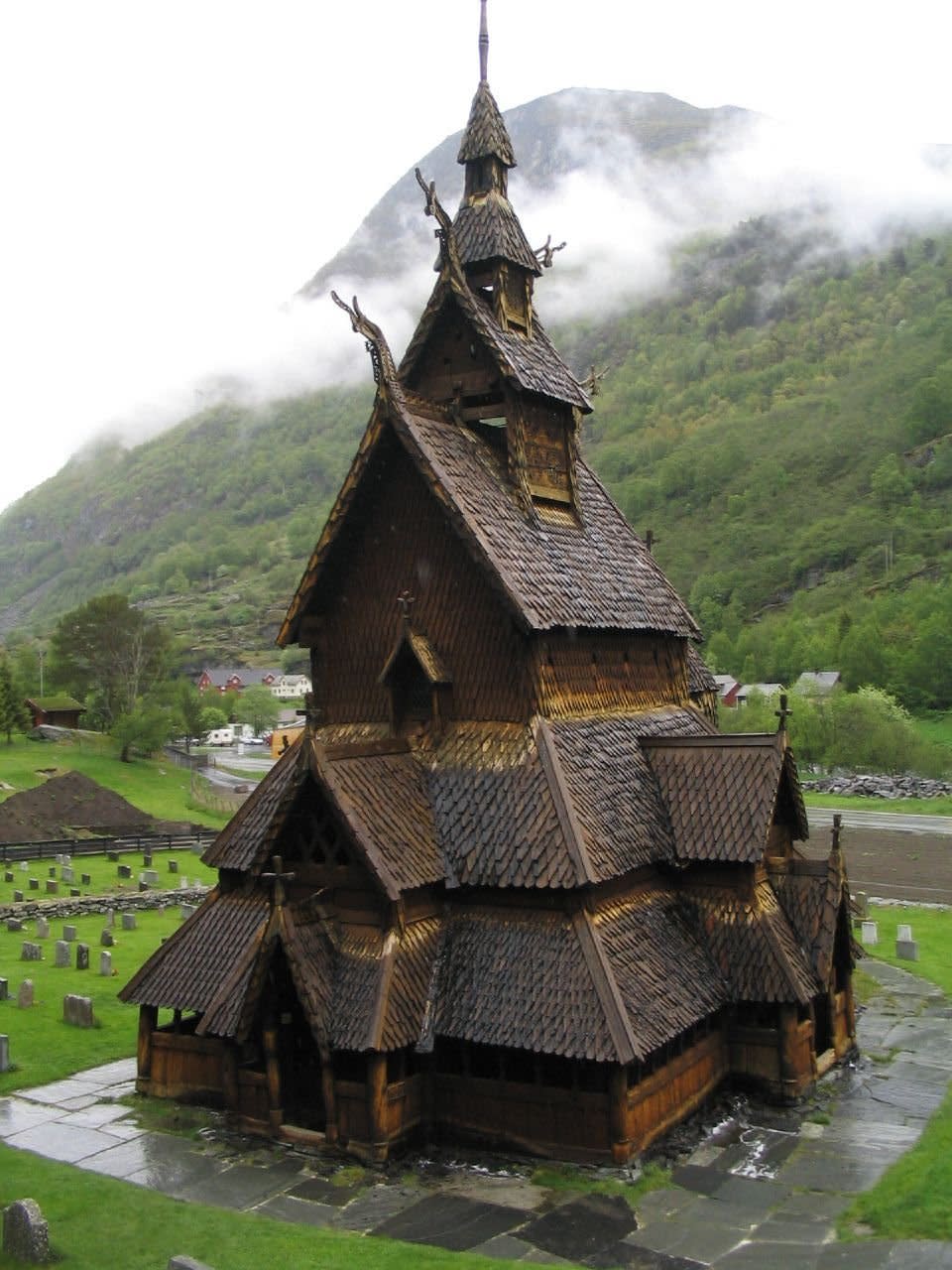
Cardboard Cathedral
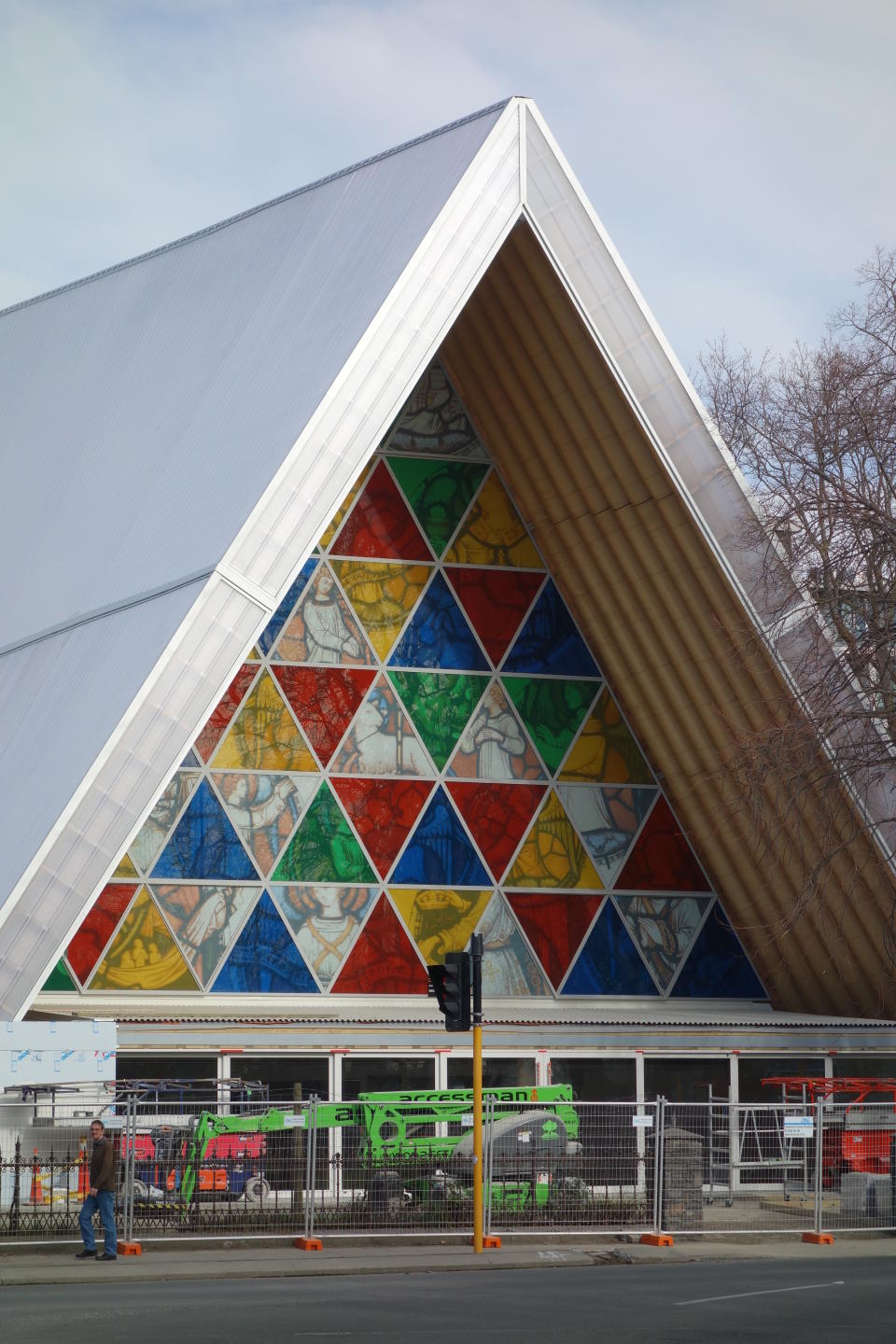
Las Lajas Cathedral

Harajuku Church
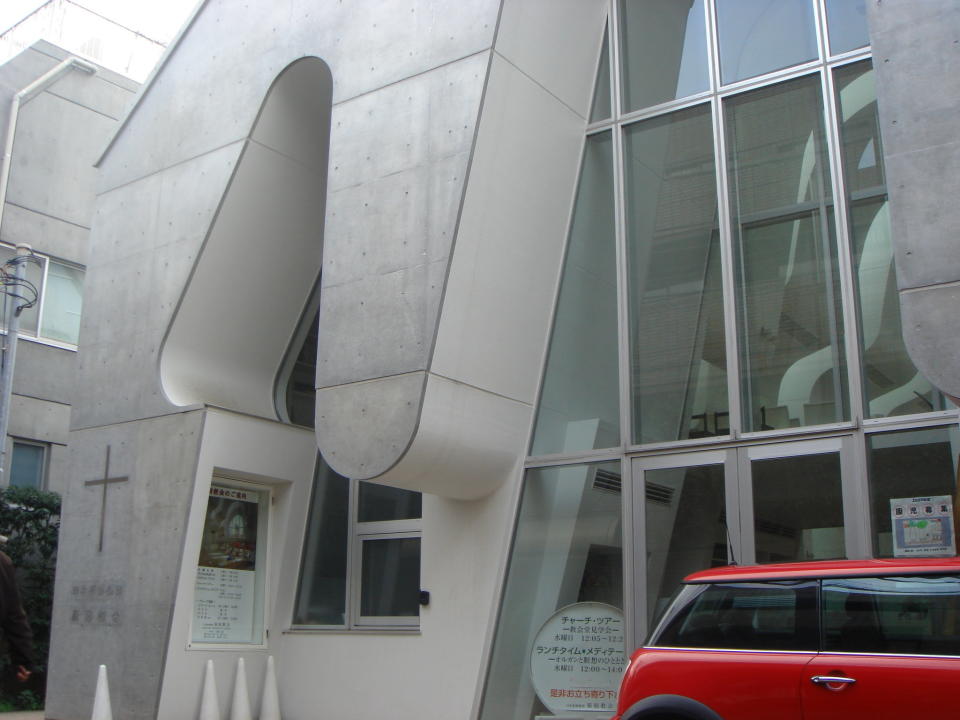
Christ Cathedral/Crystal Cathedral
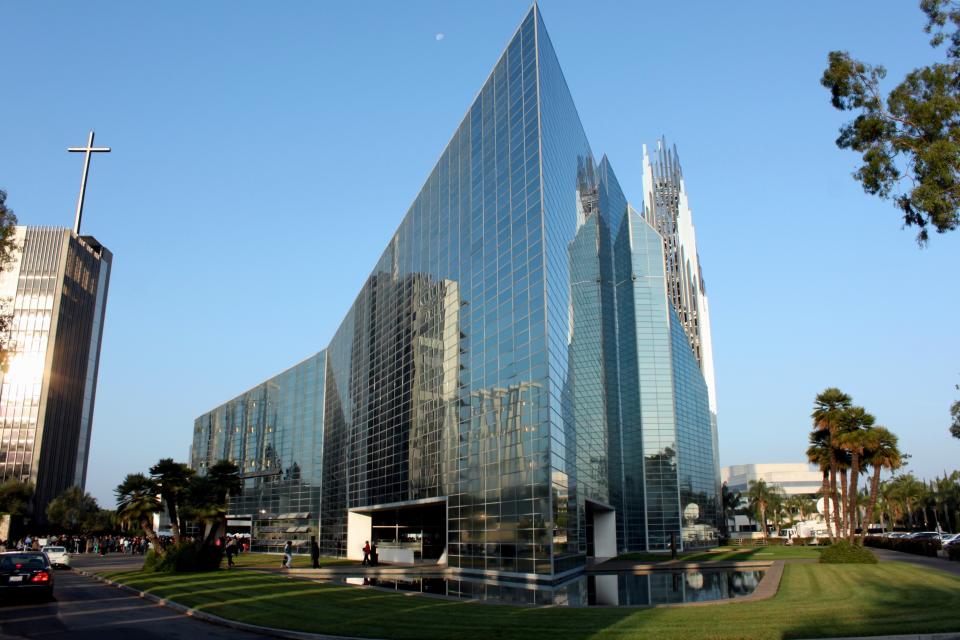
St. Basil's Cathedral

Catedral de Nuestra Señora del Pilar
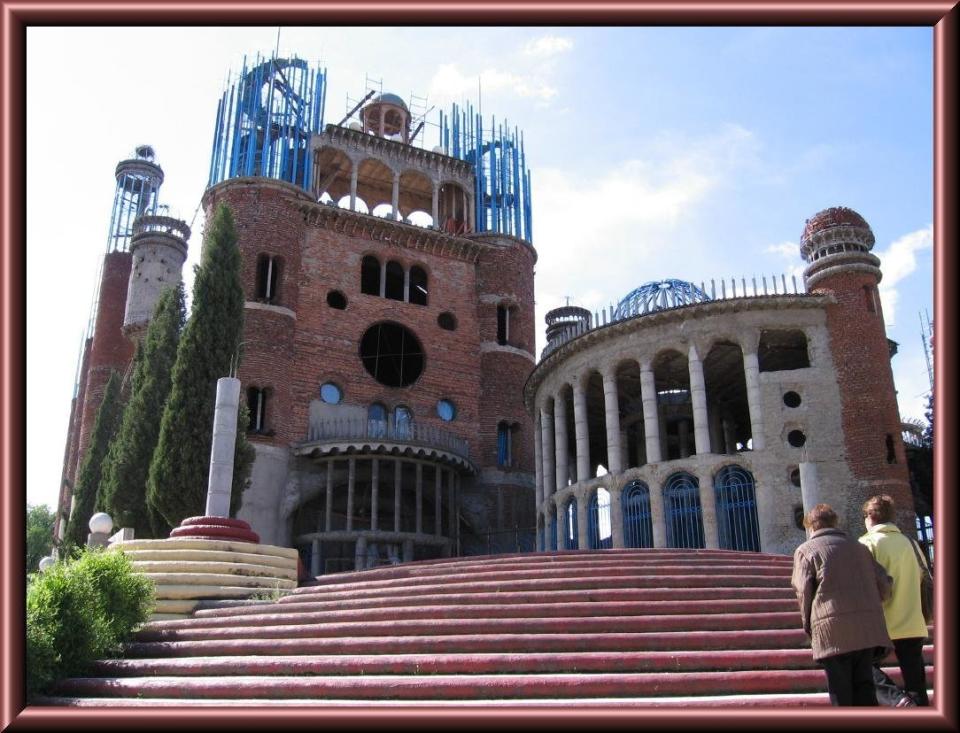
Chapel of St. Gildas
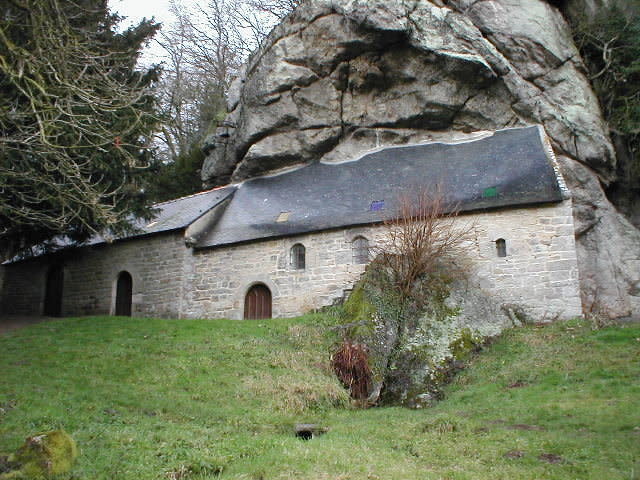
Santuario della Madonna Lacrime

Jubilee Church
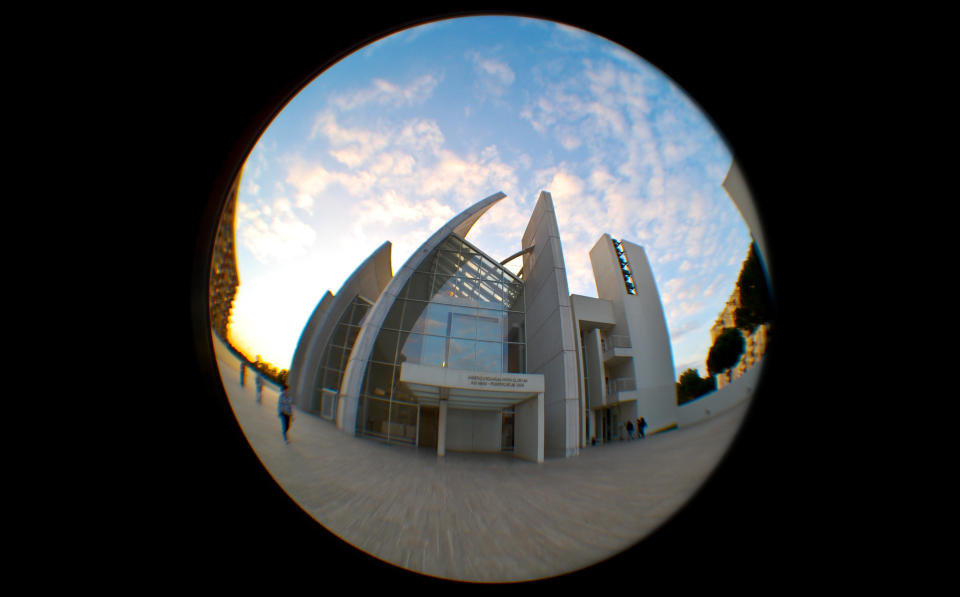
Snow Church
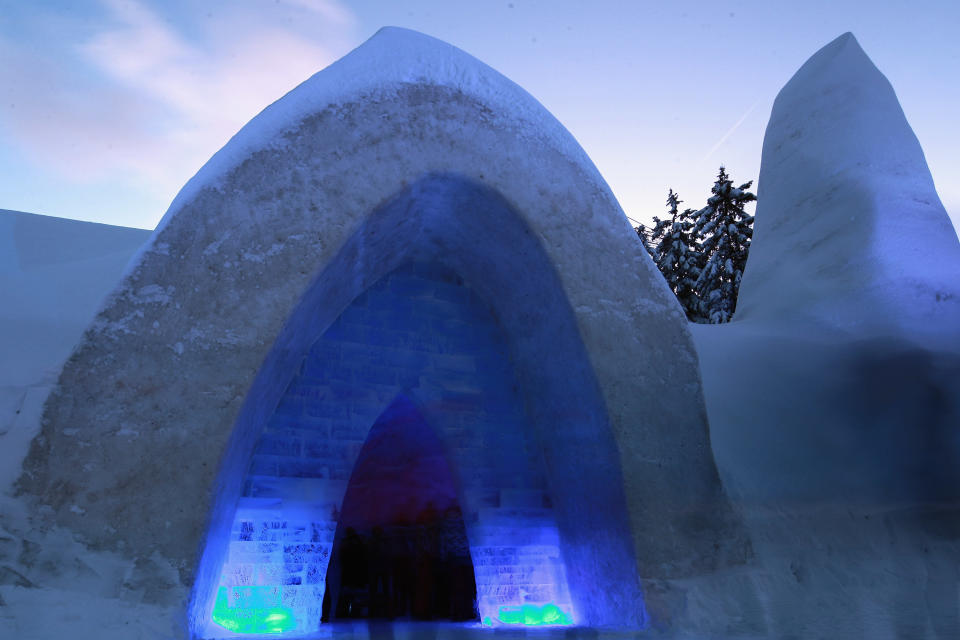
Grundtvigskirken
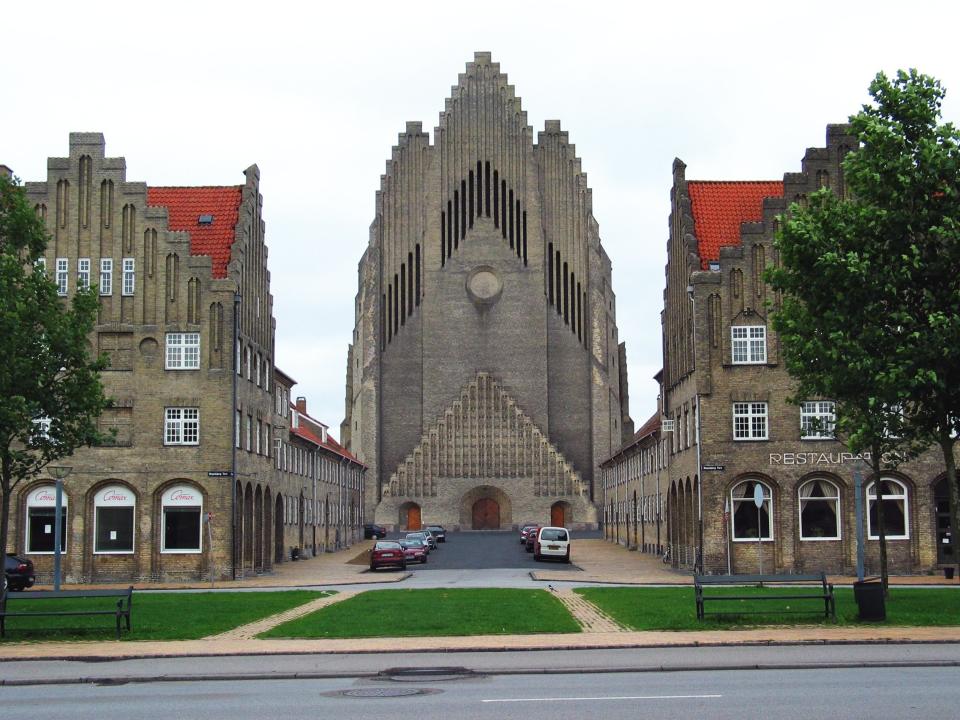
Inflatable Church
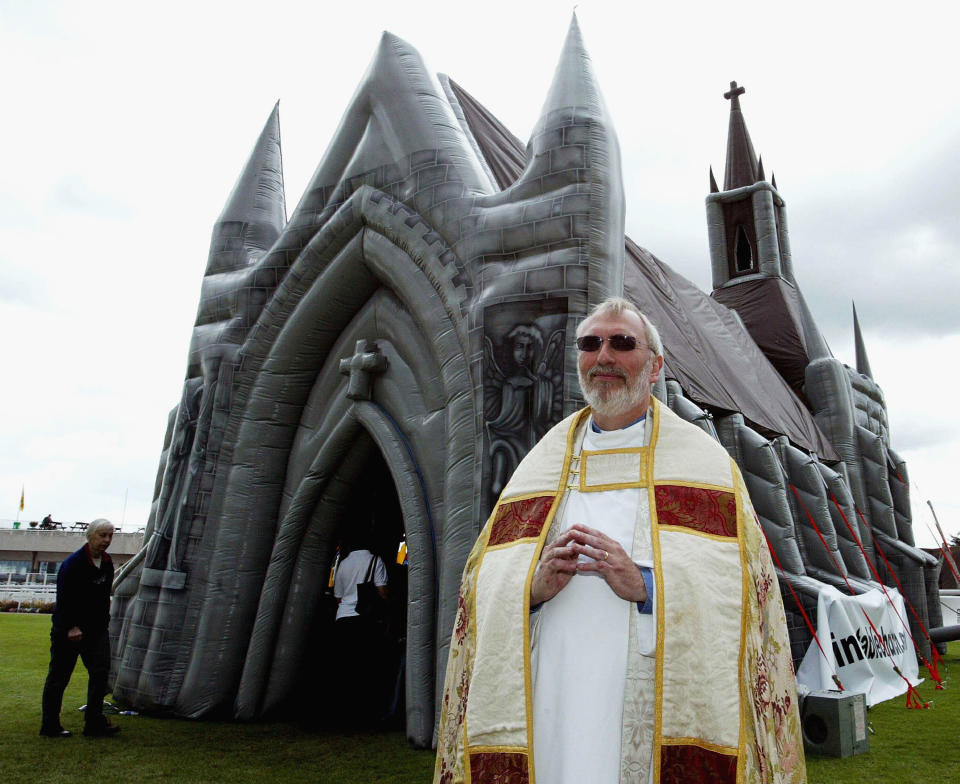
Évry Cathedral
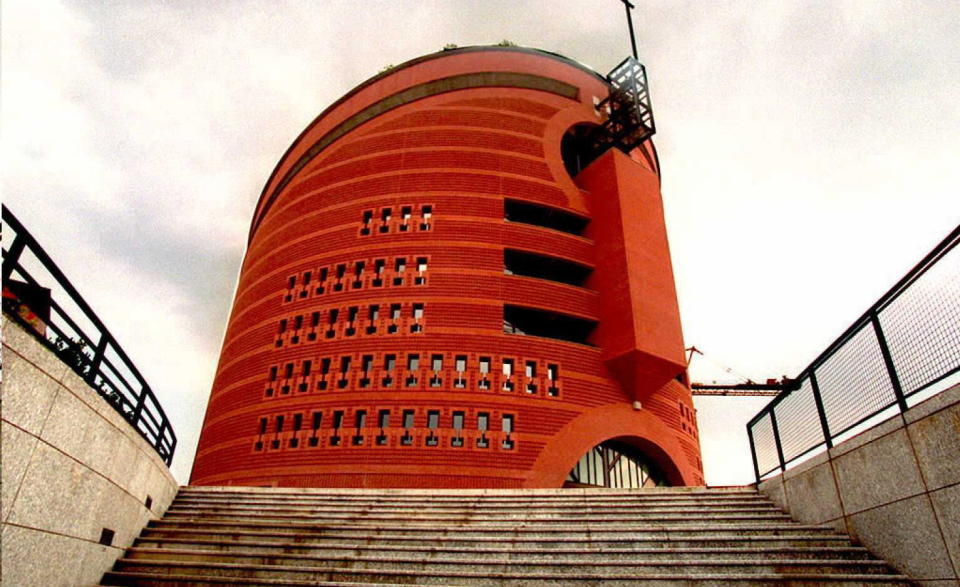
Basilica de Higuey
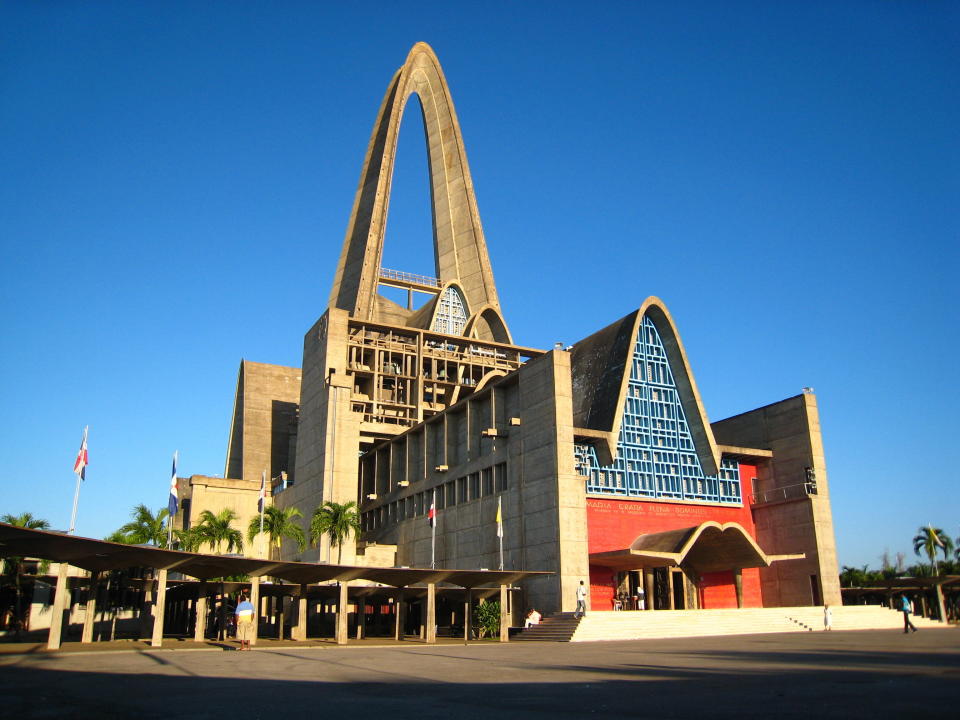
Felsenkirche
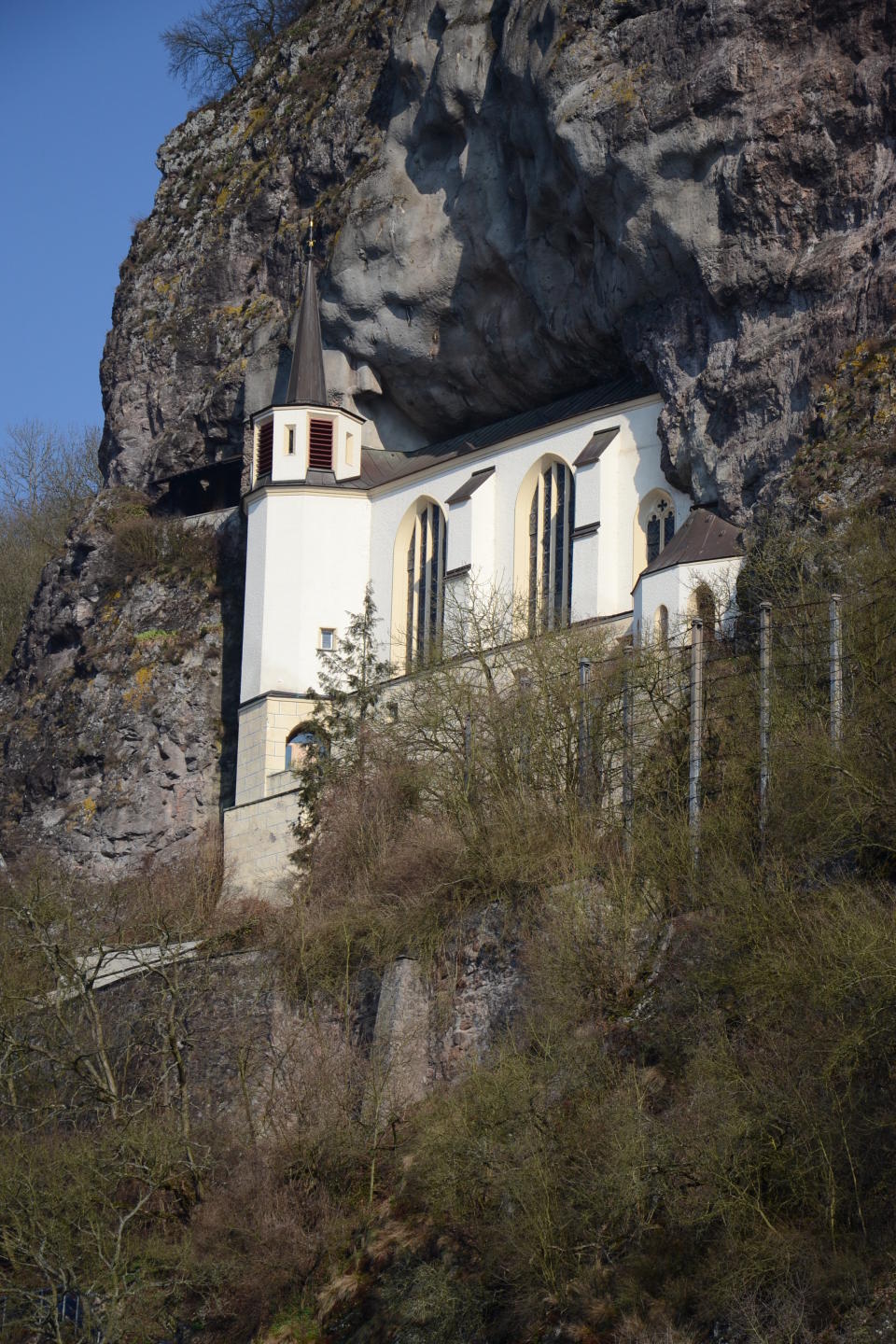
Stykkishólmskirkja

Cattedrale Vegetale
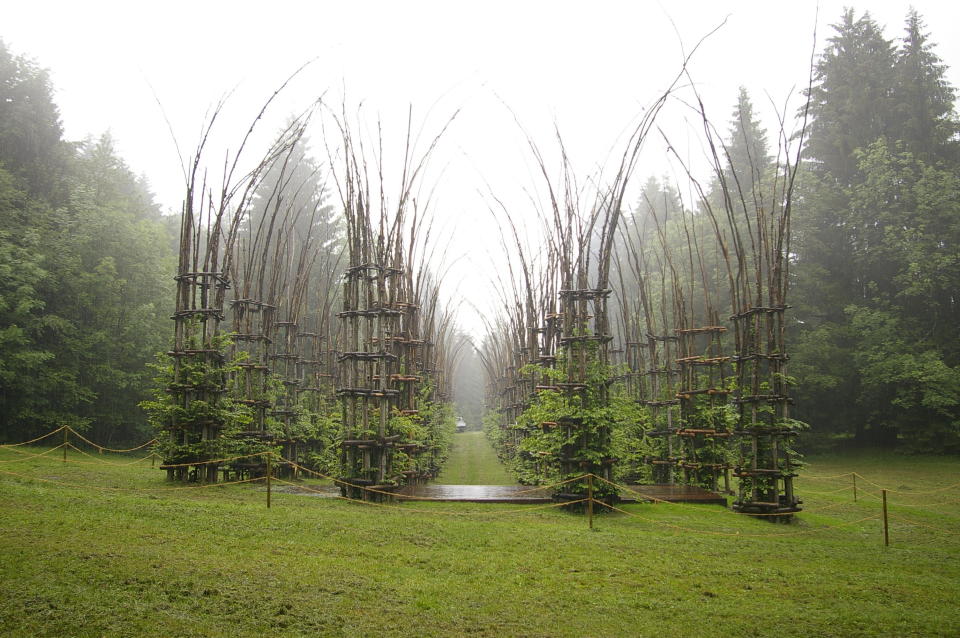
Pilgrimage Church
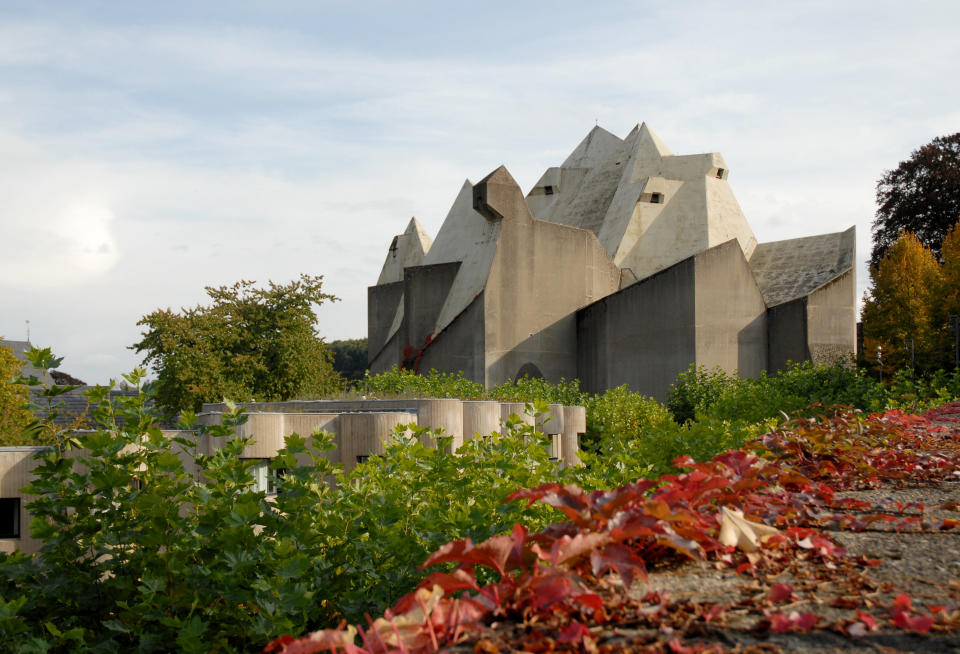
Sagrada Familia

Stone Church Ruins
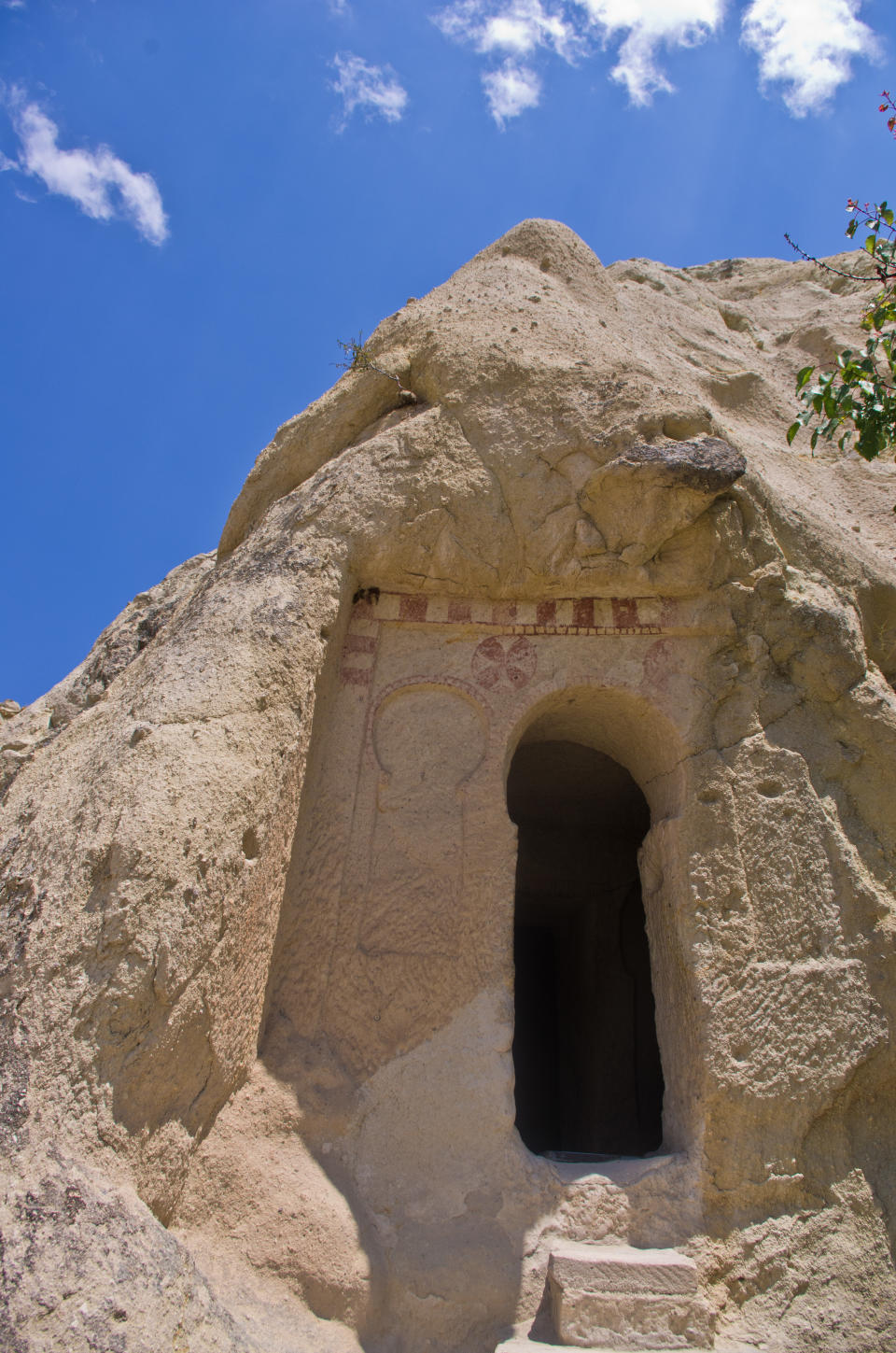
San Francisco de Asis Church
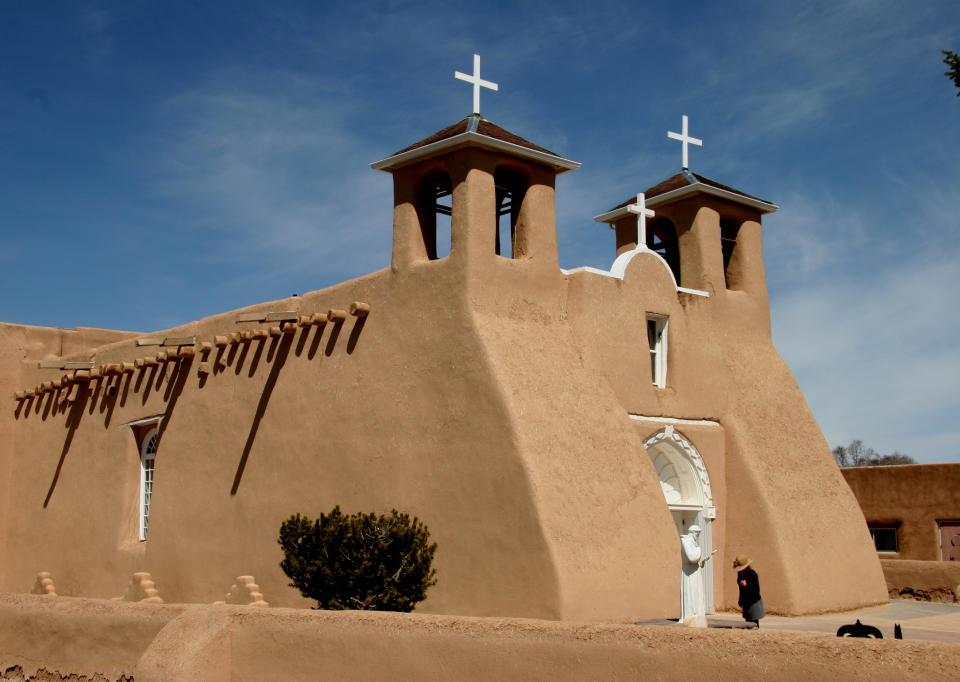
This article originally appeared on HuffPost.

